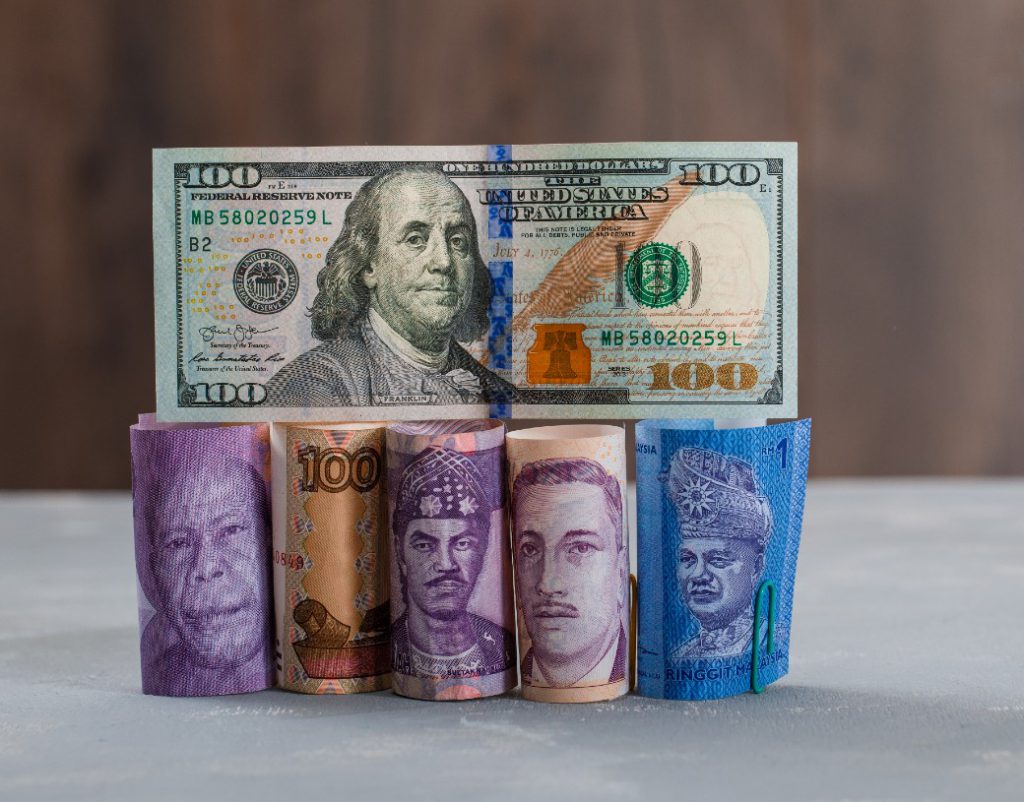The majority of the world is now moving towards pursuing a local currency trade, an option that has gained significant steam, primarily due to the weakening US dollar. The US dollar, on the other hand, continues to fall, as Trump’s tariff, coupled with the dollar’s unattractive yield appeal, is pushing investors to pursue its alternative. Which nations are embroiled in regional trade, and why is that happening? Let’s find out.
Also Read: Morgan Stanley Sounds Alarm: Dollar Could Tumble 10% by 2026
Local Currency Is Ruling the World


The US dollar has long been considered a leading global currency. However, with the USD’s constant weaponization and power struggles, the currency has now downsized significantly, with its purchasing power down to new lows. In the middle of it, the world is now favoring a new narrative, as a multipolar currency order threatens the dollar’s active status.
The latest development comes in the form of an LFTC network, spearheaded by banks in Thailand, Indonesia, and Malaysia. These countries have greenlighted a Local Currency Transaction Framework, with the Central Banks of these countries at the forefront of this change.
“The central banks of Malaysia, Indonesia, and Thailand have appointed additional qualified commercial banks to operationalize the Local Currency Transaction Framework (LCTF), which promotes the use of local currencies in cross-border trade and investment. Bank Negara Malaysia, Bank Indonesia, and the Bank of Thailand said the newly appointed Appointed Cross-Currency Dealers (ACCDs) will facilitate the settlement of trade and investment in local currencies between the three countries.” As quoted by Fintech Malaysia
Moreover, major countries like India, Russia, the UAE, and Iran have now started to explore local currency aggressively, blaming the USD’s volatile nature as one of many reasons for this change.
“As the US weaponizes the dollar in the Russian and Iranian sanctions, there is increasing desire by other developing countries to seek alternative currencies for trade, investment, and reserves, as well as to develop alternative multilateral clearance systems outside of SWIFT,” Shirley Ze Yu, a senior visiting fellow at the London School of Economics, told Al Jazeera.
US Dollar Continues To Fall: Demand Shock?
The US dollar has entered a lethal downward spiral, with the dollar’s demand declining globally. According to an analysis presented by the Global Markets Investor on X, the USD is falling despite the elevated treasury yields. The platform was quick to note how the US dollar’s weak global demand could be the main suspect behind this phenomenon.
“‼️The US dollar continues to fall despite elevated Treasury yields. This is an unusual phenomenon raising concerns about America’s growing public debt problems. There may not be enough demand for US assets, which weakens the US dollar’s role as the global reserve currency.”
‼️The US Dollar continues to fall despite elevated Treasury yields:
— Global Markets Investor (@GlobalMktObserv) June 29, 2025
This is an unusual phenomenon raising concerns about America's growing public debt problems.
There may not be enough demand for US assets, which weakens the US Dollar's role as the global reserve currency. pic.twitter.com/iZiViotgHC
Also Read: Revolt Against US Dollar: ASEAN Countries QR Code Payment Gains Steam





